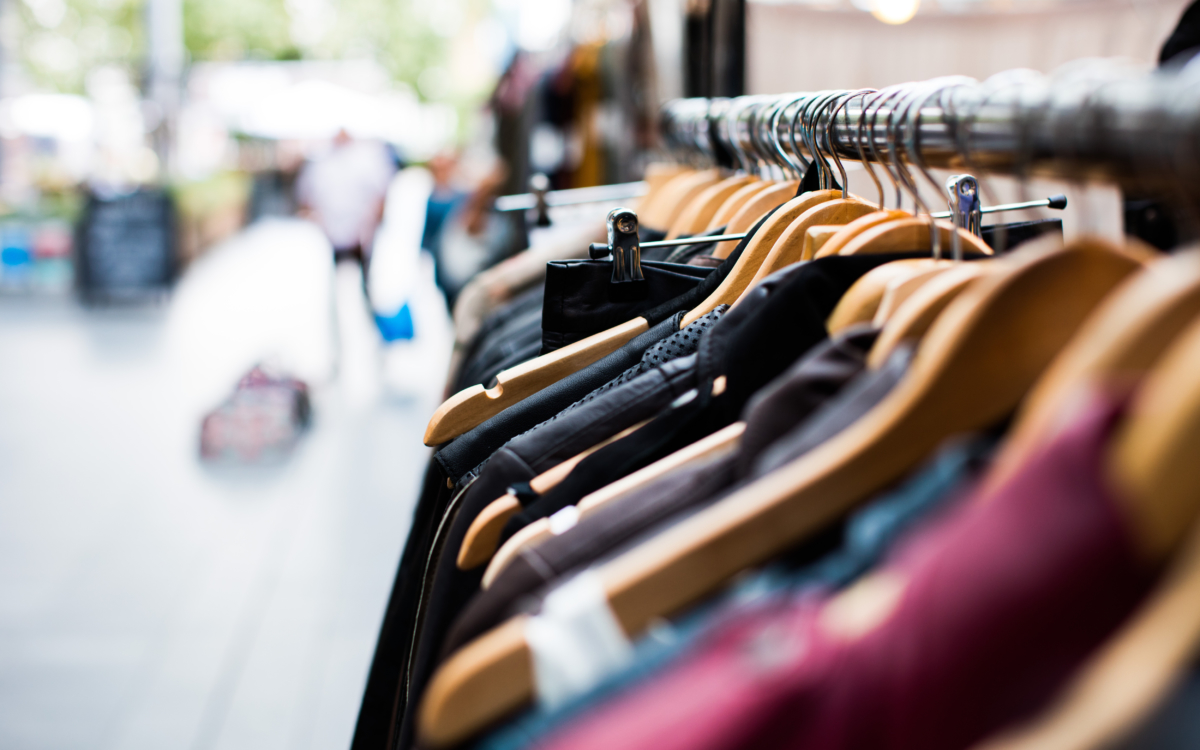How technology is disrupting traditional retail


VP of Marketing, EMEA
One can frequently spot headlines stating “retail is dying”. And given how many large and more established brands are filing for bankruptcy, one could believe that the industry is crumbling. However, as long as we get dressed in the morning, retail will prevail. But advances in technology and changing consumer preferences are changing the environment the industry operates in. During WebSummit 2019, many speakers and panel discussions addressed these developments and touched upon various ways brands could adapt and use technology to better cater to consumer needs to ensure they survive the coming years.
Redefining what retail is
The fashion industry has grown by 21%, increasing in both size and revenue generated in the last three years. During that same period, new business models started to emerge in response to changes in the market. From Rent the Runway, a company that’s redefining luxury by making it more accessible, to StockX which lets consumers dictate the real worth of an item. These companies are challenging the traditional view of what retail is and creating a new status quo. So retailers not only have to stand out in a rapidly growing market but also compete with these new business models.
A shift in marketing and branding
Shifts in the market and the emergence of new business models lead to new ways to market one’s self. Many consumers now shop with their emotions instead of their wallets. And many fashion retailers are struggling to connect with the younger generations and embodying what they stand for. Indeed Millennials and Gen Z are pushing companies to be more transparent and socially conscious. This means brands need to consider their image and the culture in which they operate in a bit more carefully whilst embodying their purpose to the fullest extent possible.
Additionally, traditional demographic characteristics are no longer the way to define and unite consumers. Gone are the days where retailers can send a tailored message to women aged 25-34 living in Paris and expect success. The rise of global connectivity means consumers are no longer bound by location, instead people are uniting around common collective behaviours and forming what is known as tribes. For fashion brands to capitalise on this phenomenon, they must offer items which not only represent but also support their targeted communities and ultimately become a part of that tribe. For example, when Redbull was building its brand awareness, they distributed free energy drinks to taxi drivers, bartenders and DJ’s. Those are very different tribes but what unites them is their need for energy to push through potentially long shifts. The company is now the biggest player in the energy drink market, especially in the party scene. So by stepping beyond traditional segmentation and embracing tribal marketing brands can fortify their brand proposition and marketing tactics in addition to building a much more loyal fan base.
Brick and mortar is still essential
What all speakers at WebSummit could agree on was that brick and mortar stores are still an important part of the branding process. Having a webshop or online presence is crucial in this day and age but “in the fashion industry that will only get you so far”, said Nicola McClafferty, Investment Director at Draper Esprit. A retail space lets customers experience with all five senses what a brand has to offer. For example, in the luxury sector, the in-store experience and service consumers receive is one of the justifications for the higher price tag. Another example is pop-up stores which are increasing in popularity and a great way to build hype and acquire new customers. So though it’s almost impossible to operate without a digital presence, don’t rule out the importance of having a physical presence as well.
Experience-driven retail
Just having a physical space is not enough. Fashion brands should offer in-store experiences which people can’t get online. Multiple speakers at WebSummit mentioned this, saying that this allows companies to tell their brand story end and lets people engage with the product. Take Nike, for example, a retail brand who has always been ahead of the game. The company recently opened a new store in SoHo which includes a basketball half-court, a customisation shoe bar and coaches to help customers test out new sneakers thus letting people truly experience what the brand has to offer.
The future of this trend lies in offering potential customers a truly personalised experience and making the shopping experience even more seamless than it already is. For example, display windows using AR will present customers different displays based on their preference. Or sales personal knowing exactly why someone stepped into the store based on their data thus making the shopping experience more efficient. Alternatively, digitally enhanced mirrors in changing rooms which lets individuals see all the options a brand has in stock even if they don’t have a specific item in-store. By incorporating elements like these and embracing experience-driven retail, you will build your brand credibility and are likely to increase your sales.
Changing the nature of clothing
Consumer demand is not only shaping the in-store experience, but also the products inside shops. Given the huge technological advances available to companies, why don’t clothes do more than simply cover us? That is a future that Lisa Lang, Founder and CEO of Elektrocouture is pioneering for. In order to lower their environmental impact, some fashion brands are adopting Lisa’s approach and developing smart textiles. From workout apparel which releases CBD oil on muscles prone to soreness to plant-based clothes which keeps us cool (meaning we don’t have to cool down buildings anymore) or even electricity-generating textiles which use solar energy to charge electronics while on the go. A future where your clothes are high-tech is quickly becoming a reality.
Retail is simply changing
The fashion industry is just reinventing itself and changes in technology and consumer demand is driving this transition period. From a changing competitor landscape to rethinking the purpose of clothing, companies are adapting to meet the new demand. Thus retail isn’t dying and those that embrace the changes within the industry will thrive.
More Insights?
View all Insights
BRAND & MEDIA • Asher Wren
Is your brand built for durability—or just quarterly earnings?

AI TRANSFORMATION • Maria Prokopowicz
One offer, 5x the revenue: AI-powered Next Best Offer

BRAND & MEDIA • Andrew Dimitriou
Home-field advantage: For brands with U.S. production, a rare window to outmaneuver the competition
Questions?
VP of Marketing, EMEA
